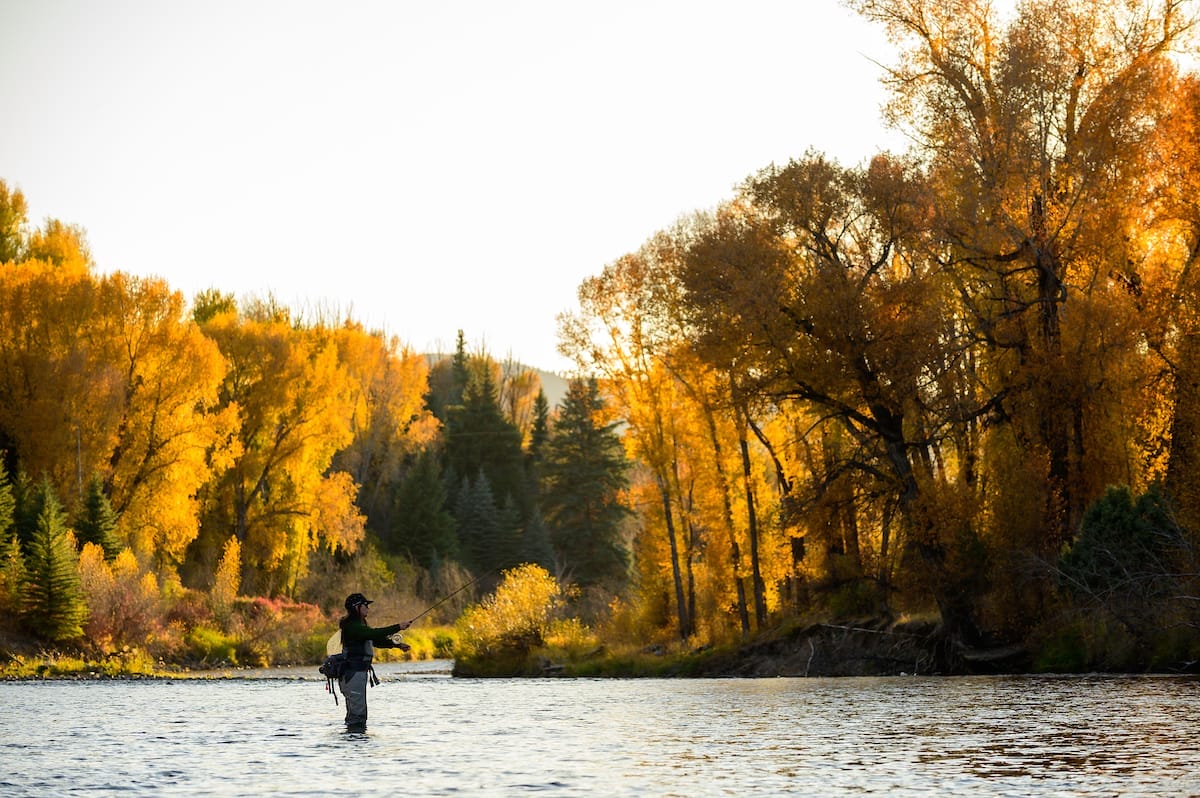
In the Colorado River, not far from Rocky Mountain National Park, wild trout are returning to a once-degraded stretch of water. It’s a story that demonstrates the resilience of ecosystems and the power of all-hands-on-deck collaboration to solve intractable water issues.
In 1985, completion of the Windy Gap Reservoir—built to supply water to Front Range communities—fragmented this reach of the Colorado. In the years that followed, macroinvertebrates, sculpins, and other stream life began disappearing downstream. Trout populations were decimated by whirling disease, caused by a parasite that thrived in the reservoir.
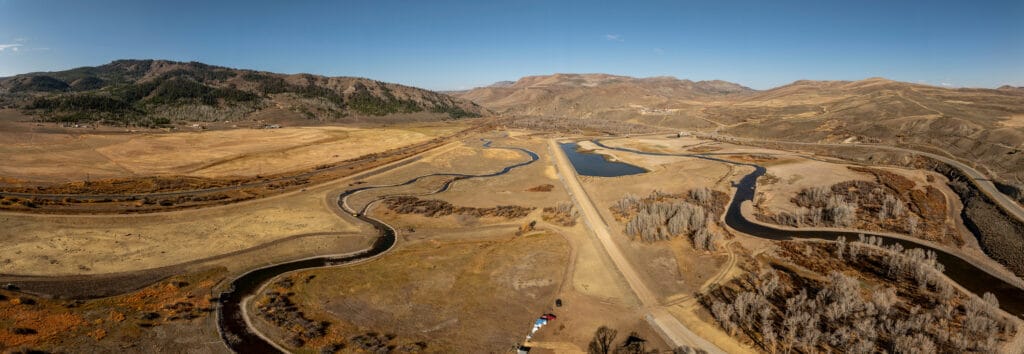
Anglers and conservationists sounded the alarm, and by 1998 a vision for a solution formed. It took a quarter of a century to make it a reality, but earlier this month, Trout Unlimited volunteers and staff joined an array of partners to mark the completion of the Colorado River Connectivity Channel—a natural stream bypass around the reservoir that reconnects the river and has begun to resuscitate the fishery and the ecosystem.
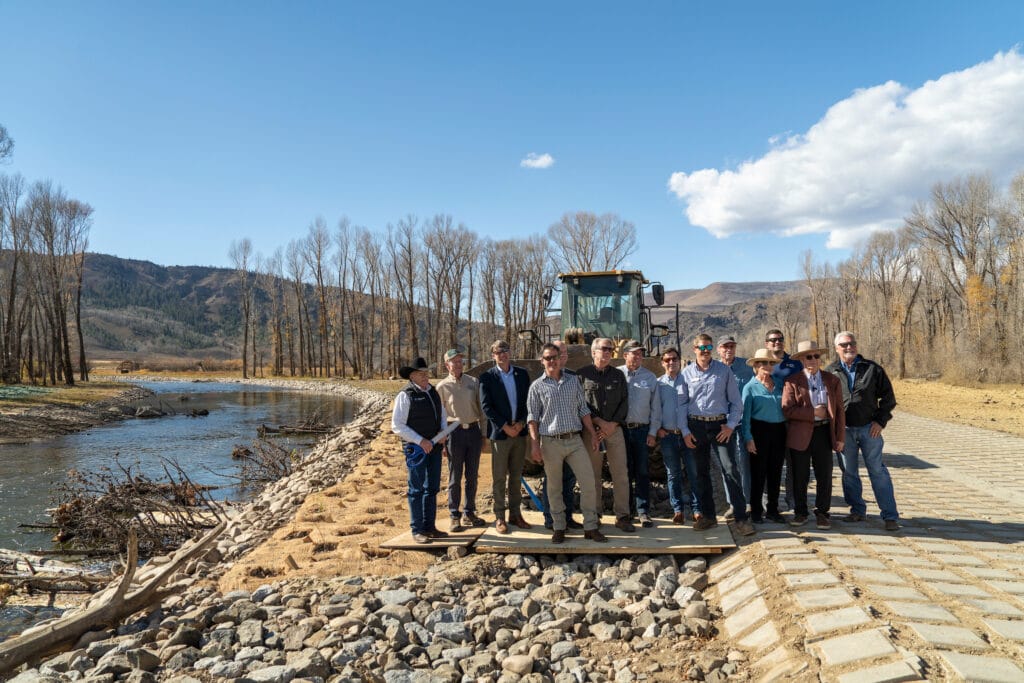
It didn’t just take time and collaboration among conservationists, state natural resource agencies, and water managers. It also took $33 million in funding—including important contributions from PepsiCo, Frito-Lay, Intel, Coca-Cola, and the Bonneville Environmental Foundation (BEF).
The project is one recent example of how corporations are increasingly supporting water stewardship, particularly in the drought-struck Colorado River Basin, as they assess their water footprints, reduce their water use and commit to supporting water conservation and replenishment. Trout Unlimited (TU) has long been a partner of choice for the growing cohort of water-conscious corporations.
“As we face increasing aridification across the Colorado River Basin, a watershed that supports 40 million people, it is significant that we have corporate partners stepping up to steward water resources alongside TU,” said Emily Olsen, vice president for the Rocky Mountain Region at Trout Unlimited. “With their support, we’re scaling up our water and habitat restoration work to meaningfully improve water supplies for people, communities, and fish.”
A wealth of water partnerships

Thanks to leadership from Laura Schneck, TU is building out our corporate water stewardship portfolio. Leveraging our staff’s expertise in identifying, planning and executing watershed-scale restoration efforts, we are working with corporate partners to:
- Restore natural habitats and recharge local aquifers
- Improve wetland, meadow, and riparian habitats to sustain watershed function
- Collaborate with agricultural producers to use water supplies more efficiently
- Improve water quality and source water for rural and urban communities
The Bonneville Environmental Foundation, one of TU’s longstanding partners, has supported and developed many of TU’s corporate partnerships in the Colorado River Basin, as well as in the Rio Grande Basin and other priority watersheds. Through its Business for Water Stewardship program (BWS), BEF helps pair corporations with conservation organizations like TU to find solutions to today’s water challenges.
“There’s no one-size-fits-all solution for today’s water challenges, which is why we are focused on working collaboratively with corporate, community, and policy stakeholders to advance solutions that ensure people, economies, and ecosystems have enough clean water to flourish,” said Scott McCaulou, director of the Water Stewardship Project Portfolio at BEF. “Over the past decade, the BWS program has helped to scope, design, and catalyze over $48 million in funding for nearly 500 water projects across the globe.”
Case Study: Windy Gap
Officially completed in October 2024, the Colorado River Connectivity Channel was a collaboration among TU, the Northern Colorado Water Conservancy District, Municipal Subdistrict, Grand County, the Upper Colorado River Alliance, and the State of Colorado.
The project reopens the river to fish passage, improves downstream habitat and water quality and will create a mile of Gold Medal-quality public angling access. It will develop nearly 50 acres of newly activated floodplain and riparian habitat and more than 10 new acres of wetland habitat.
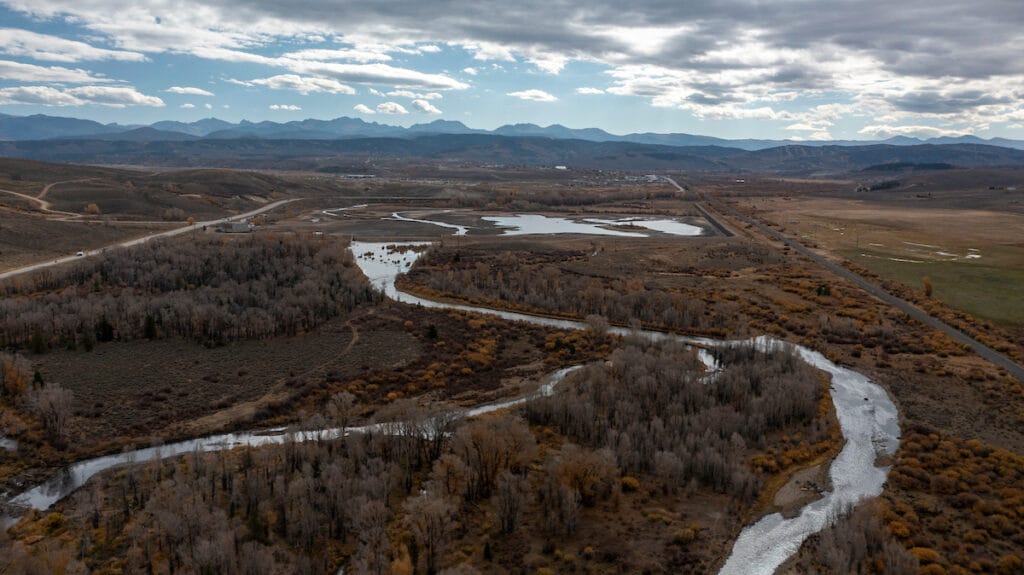

“PepsiCo is incredibly proud of the Colorado River Connectivity Channel project and its historic contributions to the future of this vital watershed,” said Chris Simoglou, senior director of Sustainability at PepsiCo Beverages North America. “The resilience and dedication by groups like Trout Unlimited made this project a natural fit for our Net Water Positive vision, which aims to replenish more water than the company uses and deploy best-in-class water use efficiency tactics across our operations.”
Case Study: Little Snake River Basin
Another example of TU water stewardship work supported by corporate sponsors, in this case Microsoft, is underway in the Little Snake River Basin south of Rawlins, Wyoming.
The basin is home to four native fish species and is a focus area for TU. Through a feat of Western water engineering, the Little Snake Basin serves as both a headwater for the Upper Colorado River Basin and provides source water for the city of Cheyenne, which is outside the watershed.
For decades, TU and partners such as Wyoming Game and Fish, the Bureau of Land Management, and the Wyoming Conservation Corps have been restoring vital habitat for Colorado River cutthroat trout in this watershed. More recently, their efforts have included low-tech, process-based restoration and the installation of man-made beaver dams.
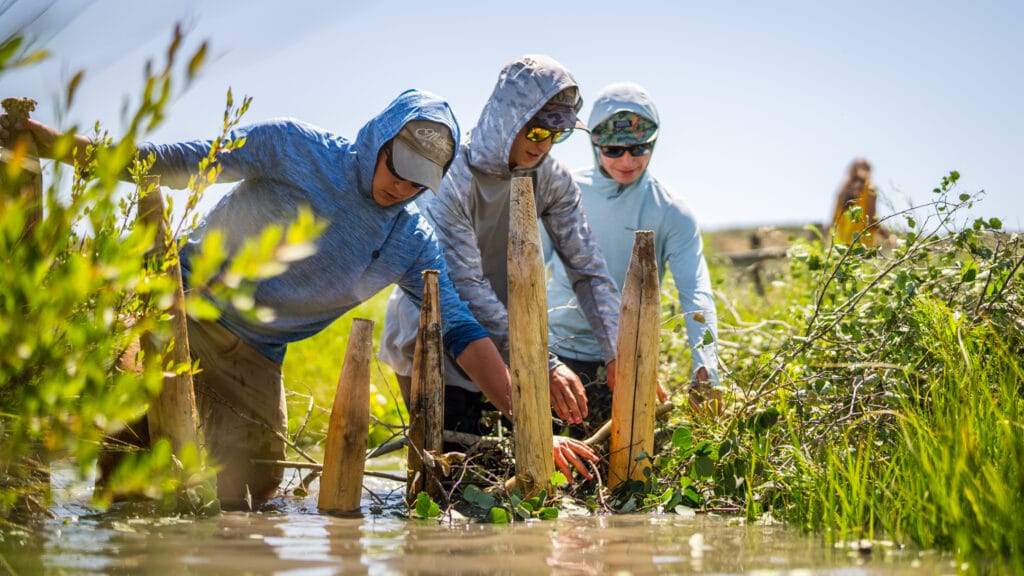
These structures restore resilience and natural hydrologic function to Colorado River tributaries, slowing down flows and allowing the water to spread across the floodplain, increasing seasonal water storage, and raising the streambed. This simple approach to stream restoration influences a range of hydraulic, geomorphic, and hydrologic processes, and helps achieve restoration goals.
Microsoft joined forces with TU to expand watershed restoration work in the Little Snake River Basin in 2024.
“Microsoft is proud to support TU in scaling the impact of process-based watershed restoration activities in the Little Snake River Basin,” said Eliza Roberts, director of water for Microsoft. “By investing in these vital ecosystems, we are advancing our goal of becoming water-positive by 2030 and contributing to the long-term health of the watersheds that sustain both communities and wildlife.”
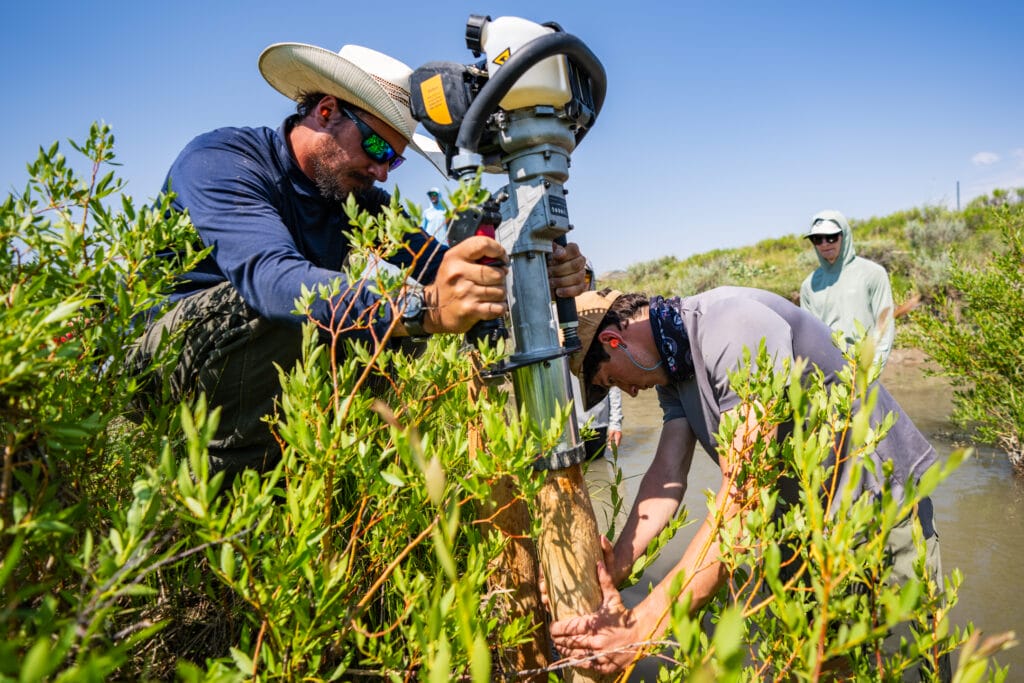
By focusing on these innovative, nature-based solutions, Microsoft and TU are working together to address the ongoing challenges of drought and water scarcity in the West. The partnership not only supports on-the-ground restoration work but also leverages data-driven approaches to monitor restoration projects across the basin.
“In the face of drought and aridification, corporate partnerships are playing an increasingly vital role in the restoration and protection of the Colorado River Basin,” Schneck said. “Having partners like PepsiCo, Microsoft, and BEF on our side helps TU accelerate and scale our efforts. Together, we’re helping watersheds thrive so that they can sustain fish, habitat, and communities.”
Click here for more information about TU’s corporate water stewardship program.



Comments